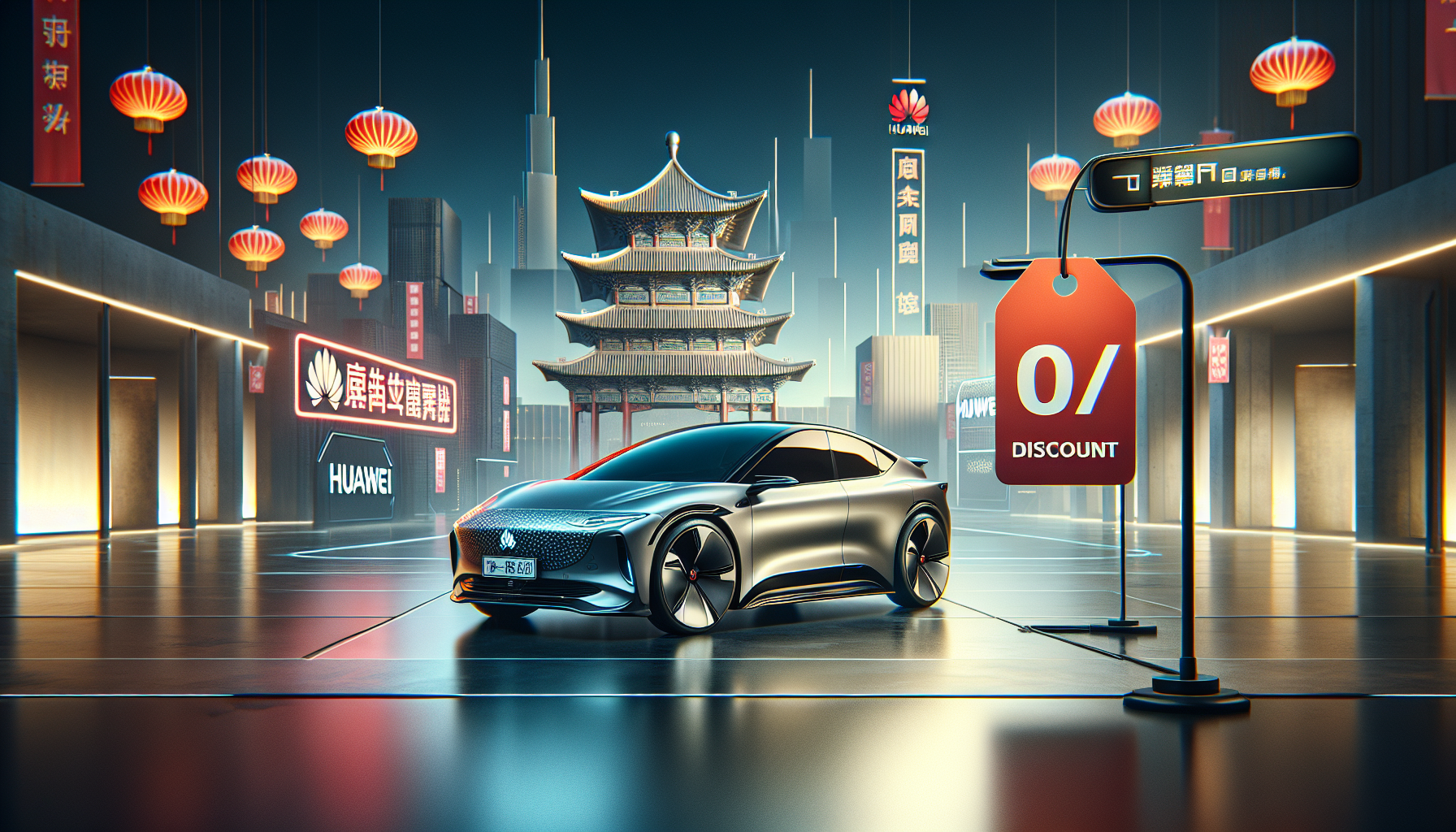
In parts of China, local governments are dangling cash rebates for folks buying electric or plug-in hybrid cars running on Huawei software. This isn’t your run-of-the-mill deal. Governments usually don’t play favorites like this.
Since May, about ten Chinese provinces and cities have been offering consumer subsidies from 2,000 to 5,000 RMB ($280 to $700) per car, according to social media posts. The catch? These rebates are only good for vehicles with Huawei’s HarmonyOS and its autonomous driving system.
China’s been throwing money at electric vehicles since 2009, which turbocharged adoption. But that gravy train stopped two years ago, with auto companies told to find their own way to profitability. Even at the height of EV incentives, the government wasn’t singling out a specific company like they are now.
Local governments often prop up homegrown auto industries, but outright consumer payments? Rare. And with regional budgets tight and Beijing clamping down on private company handouts, Huawei’s situation is peculiar.
These subsidies might not be Huawei’s doing. The tech giant partners with various Chinese OEMs, and strong ties between suppliers and local officials are common. Everyone wants their local businesses to succeed.
Who’s really paying for these discounts? It’s murky. Some announcements imply they’re not government-funded but instead covered by sales companies affiliated with local alliances. Whether it’s Huawei or its partners, someone’s footing the bill, and they’re getting a leg up.
Huawei, hit hard by U.S. sanctions, claims it’s a private operator, but these subsidies blur the lines. The preferential treatment from local governments while competitors get zilch is hard to ignore.
WIRED tried to get a word from Huawei about their role in the subsidies, but no dice. The first subsidy showed up in March from Shenzhen’s Longgang District, Huawei’s backyard. Buyers could get up to 4,000 RMB for cars using Huawei’s tech, and the funds were limited to a 14,000,000 RMB budget.
Since May, similar announcements popped up in other areas. These commerce bureaus act as consumer regulators, and the subsidies look a lot like official government welfare. In some cases, provincial auto associations announced them, adding to the confusion.
After trade restrictions hammered Huawei’s smartphone business, it’s been pivoting. Alongside creating Harmony for phones, appliances, and cars, it’s diving into AI and autonomous driving tech. Huawei vows never to make a car, but it partners with auto companies needing self-driving capabilities.
These subsidies are stirring the pot in China’s cutthroat EV market. Brands are slashing prices and offering freebies to stay competitive. Beijing warned against extreme pricing; they want stable, profitable companies, not a fractured industry. It’s great for consumers now, but not sustainable.
Central pressure to avoid price wars is pushing companies to find creative affordability solutions. Meanwhile, Huawei’s tech is a win for local governments pushing high-tech manufacturing and AI self-sufficiency.
Before this year, only one similar subsidy was noted in 2022 from Shenzhen. Back then, buyers got $1,400 per car with HarmonyOS, and Huawei didn’t spill the beans on funding that either.
In the end, this situation is a tangled web of subsidies, tech favoritism, and geopolitical maneuvering. Who pays and who wins remains as elusive as a bull market in a downturn.


